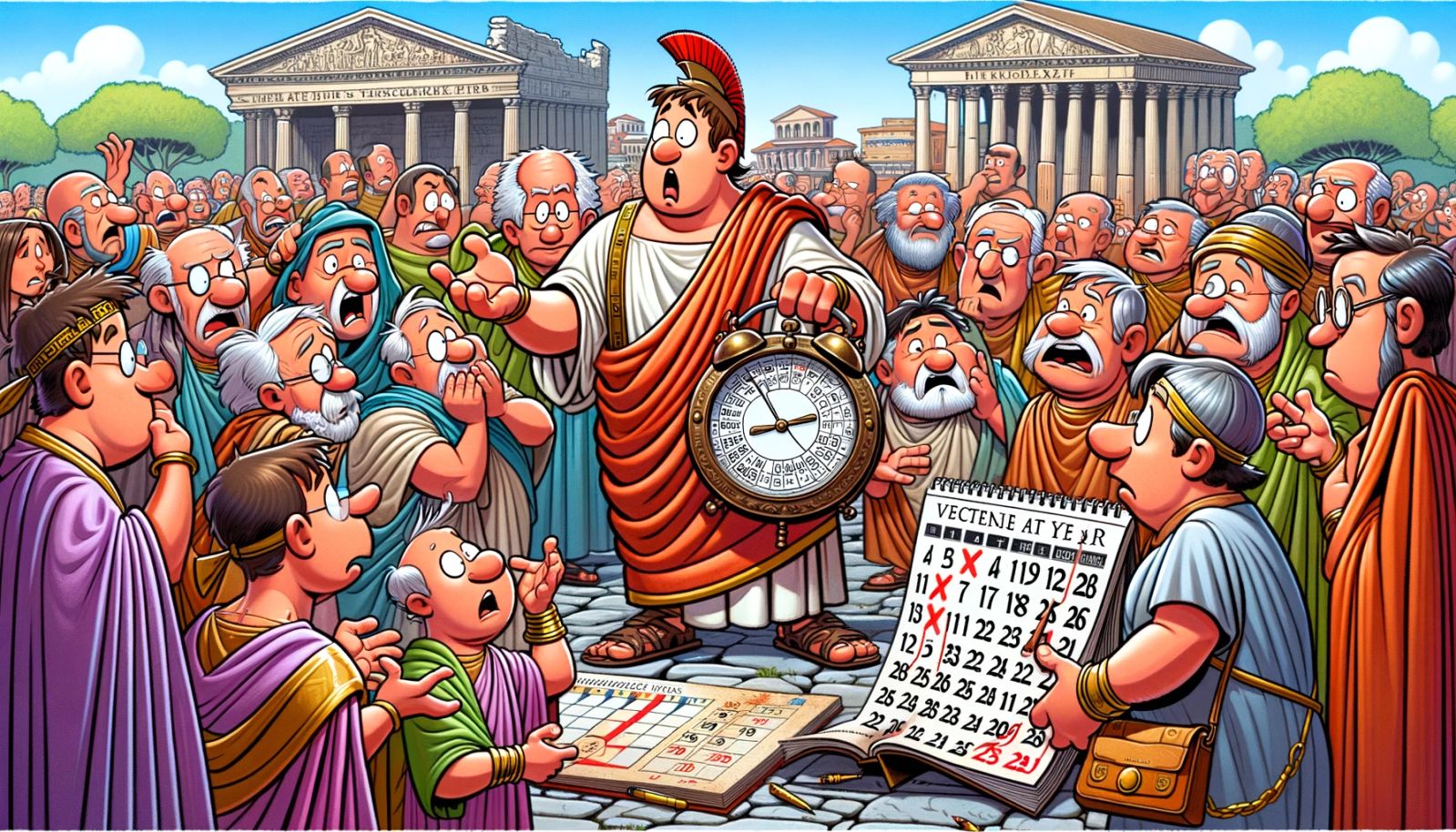Follow us on Google News (click on ☆)
A leap year, such as 2024, has 366 days instead of 365. This extra day, inserted in February, corrects a misalignment between our calendar and the actual time it takes the Earth to orbit the Sun. Indeed, a solar year is approximately 365.24 days long. Without leap years, this minor discrepancy would accumulate, gradually shifting our seasonal markers.

The concept of leap years dates back to Julius Caesar in 45 BC, with the introduction of the Julian calendar. This system, however, was not perfectly accurate, leading to the misalignment of seasons and crucial celebrations. To rectify these irregularities, Pope Gregory XIII introduced the Gregorian calendar in 1582. More precise, it excludes leap years for years ending in 00, unless divisible by 400, such as the year 2000.
This system, including leap years every four years with certain exceptions, and even the occasional insertion of "leap seconds," ensures that our calendars align with the solar year. While leap years are a common concept in the Gregorian calendar, other calendars, such as the Hebrew, Islamic, Chinese, and Ethiopian, have their own versions of a leap year, but with varying intervals and calculations.
The establishment of leap years is thus an ingenious solution to an astronomical problem, guaranteeing that our calendars stay as close to reality as possible.